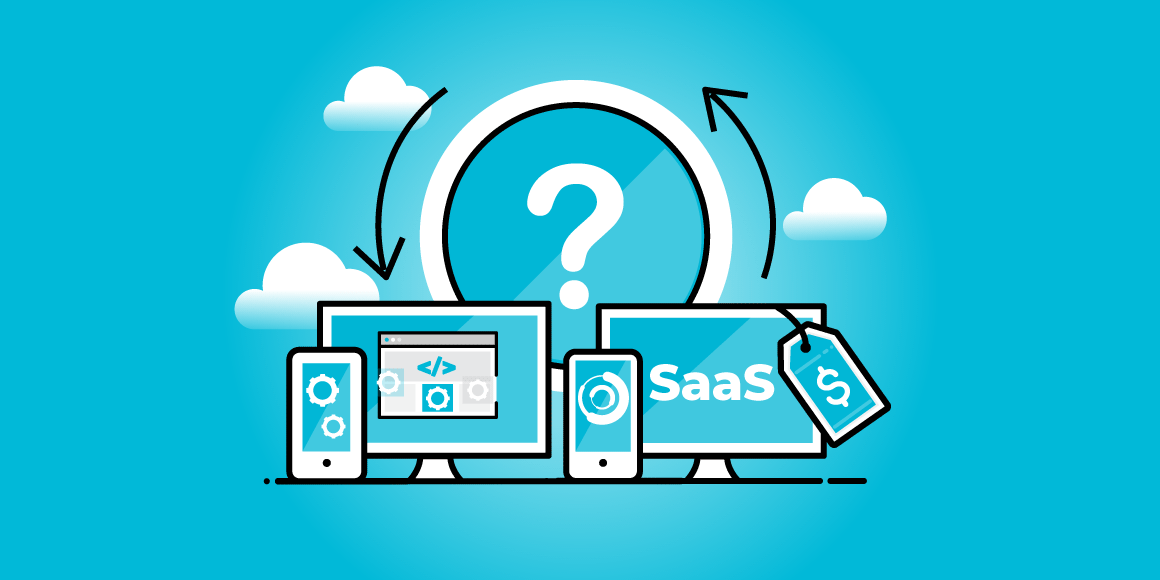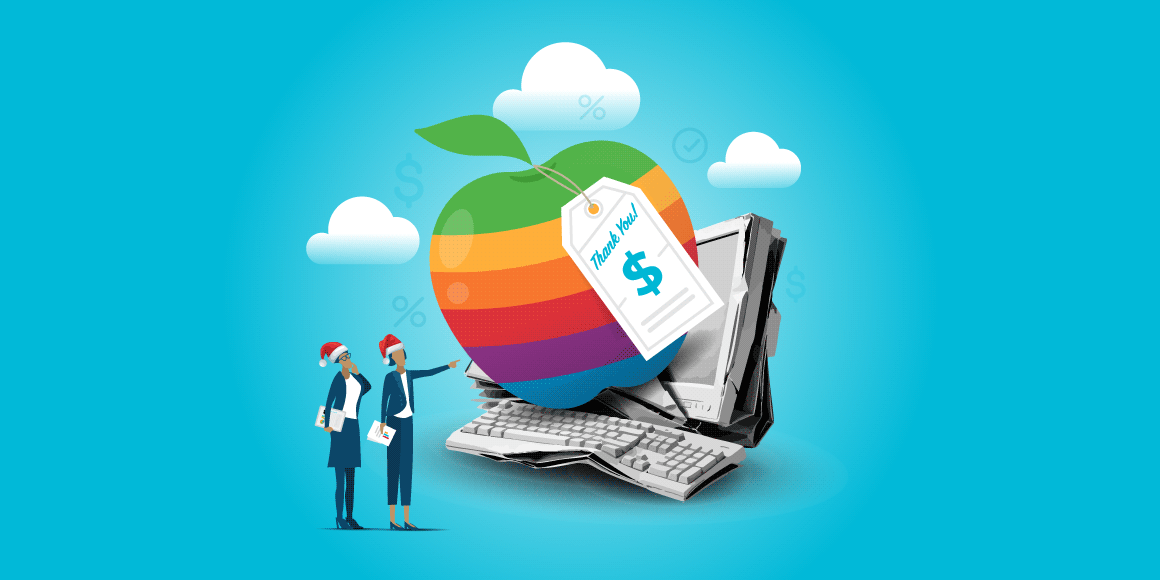Sooner or later, growing B2B organizations face an all-too-common problem. Is it smarter to build or buy their channel management software?
Installing the right channel management system offers many benefits. It helps businesses reach new audiences, boost sales, collect valuable market data, and deliver exceptional customer experiences—provided they make the right choice.
In this blog post, we’ll help you navigate the build versus buy debate.
Here’s what you’ll learn:
- The factors to consider before choosing a channel management software solution
- The benefits & challenges of building a channel management platform
- The benefits & challenges of buying a channel management platform
Build vs. Buy: Factors to Consider Before Choosing a Channel Management Software Solution
Organizations use channel management software to track the efficacy of their partnerships. The right software can reduce distribution costs, improve brand awareness, and increase operational efficiency. However, choosing the wrong software can lead to many unintended consequences.
The wrong channel management software can lead to partner misalignment, low partner visibility, and legal and compliance issues, just to name a few.
That’s where having the right channel management software comes in.
IT departments often feel apprehensive about adding another platform to their tech stack.
While staying lean can feel enticing to internal IT teams, it's not always profitable or practical.
Sooner or later, one question remains as you scale. Is building the smart choice long-term?
Here is a list of things to consider before making your decision:
- Time: Does your IT team have the time to commit to building an in-house solution? Time spent building channel management software is time taken from other crucial tasks.
- Budget: While it can be enticing to create a tailored solution, it's expensive. Do you have the budget to build, maintain, and scale an in-house solution?
- Scalability: Is your in-house solution designed to scale? If not, do you have the time and money to make it scalable?
- Program Expertise: The subtle nuances of channel management are complex. Can your IT team provide a better solution than a third-party vendor?
- Security & Compliance: Security and regulatory compliance evolve depending on your industry. Are you sure your IT team can keep up with changes in your industry?
The decision to build vs. buy your next channel management software is complex. Factoring in the considerations above can help you make an informed decision. Let's take a quick look at the benefits and challenges of the build vs. buy debate.
Benefits of Building a Channel Management Platform
Creating an in-house solution can be ideal. The chance to see all your partners within a single platform can be enticing. It's why many companies consider building a channel management solution.
Here are a few benefits of building an in-house channel management software solution:
- Customization & Strategic Fit: Full control over workflows. For example, rebate, MDF, integration with ERP, or legacy dealer systems. You can customize deal registration, partner tiers, incentive models, and onboarding flows for VARs.
- Competitive Advantage: Ability to build unique partner experiences and custom dashboards for distributors. Proprietary features can set you apart from other SaaS tools.
- Integration: Deep integration with ERP, supply chain, and CRM systems. Designed to match your existing B2B workflows seamlessly.
In-house channel management can offer unmatched customization, control, and a competitive advantage. Despite its benefits, it comes with several challenges. Let's look at some of the challenges of an in-house channel solution.
Challenges of Building a Channel Management Platform
In-house solutions offer many benefits but also come with their share of challenges.
Here are a few of the challenges of building a channel management platform:
- Time to Market: Custom builds take months or even years. That means risking missed sales cycles or partner momentum. Delays enabling VARs can slow channel growth.
- Upfront Costs & Resource Drain: High development cost (likely hundreds of thousands). Internal teams must maintain the platform instead of product innovation.
- Maintenance, Security & Compliance Burden: Costs for patching, SOC, GDPR compliance, hosting, and upgrades. Updates and compliance can exhaust internal teams.
- Risk of Project Overruns & Technical Debt: High risk of delays, poor UX, and technical debt. Projects often go over budget. Risk of under-delivering for partners and losing trust.
In-house channel platforms offer customization and control. But time constraints, bloated costs, and ongoing maintenance are potential risks. Next, we'll look at the benefits and challenges of buying a third-party solution.
Benefits of Buying a Channel Management Platform
For many companies, buying a third-party SaaS software makes more sense.
Here are a few of the benefits of buying a channel management platform:
- Automation & Efficiency: Automates claims processing, rebate calculations, MDF requests, and deal registration. Reduces manual errors, speeds execution, and frees up internal teams.
- Accuracy & Compliance: Built-in validation rules, audit trials, and compliance controls reduce overpayments.
- Real-Time Analytics & Partner Insights: Dashboards on partner performance, rebate ROI, and tier movement. Optimize incentives based on data-driven decisions.
- Scalability & Flexibility: Manage complex incentive programs across regions, currencies, and partner tiers.
- Enhanced Partner Engagement: Self-service portal access offers transparent progress tracking. Personalized incentives raise partner participation and loyalty.
- Financial Control & ROI Visibility: Tools for budgeting, accrual tracking, and forecasting. Measures the financial impact of incentive programs, improves visibility, and justifies spending.
- Integration with ERP/CRM & Ecosystem Tools: Seamless connection to existing systems. It automates data flow and ensures consistency across sales, finance, and operations.
- Fraud Protection & Claim Validation: Automated claim validation, document support, and audit capabilities. Helps reduce fraud and streamline reimbursements.
Third-party solutions deliver automation, partner engagement, and financial visibility. SaaS channel solutions are an easy, cost-effective way to scale without administrative drain.
Challenges of Buying a Channel Management Platform
While third-party channel management platforms make financial sense, they have several challenges.
Here are a few of the drawbacks of buying a third-party channel management solution:
- Vendor Lock-In: Dependency on a third-party solution. It can make it hard to switch vendors later.
- Loss of Control: No control over vendor service performance. If vendor service slips or customization lags, it may constrain control and agility.
Even with these challenges, many brands still see value in speed, scale, and expert support. The best choice is a vendor who stays flexible, open, and easy to work with. With the right partner, you can lower risks and help your channel grow faster.
Still Debating Build vs. Buy? Get the Resources You Need.
Need a quick resource on the benefits and challenges of the build vs. buy debate?
Download our Build vs. Buy Infographic here. Interested in learning more? Here’s an in-depth guide for managing successful channel incentives.
FAQ





%20copy%205.png)
